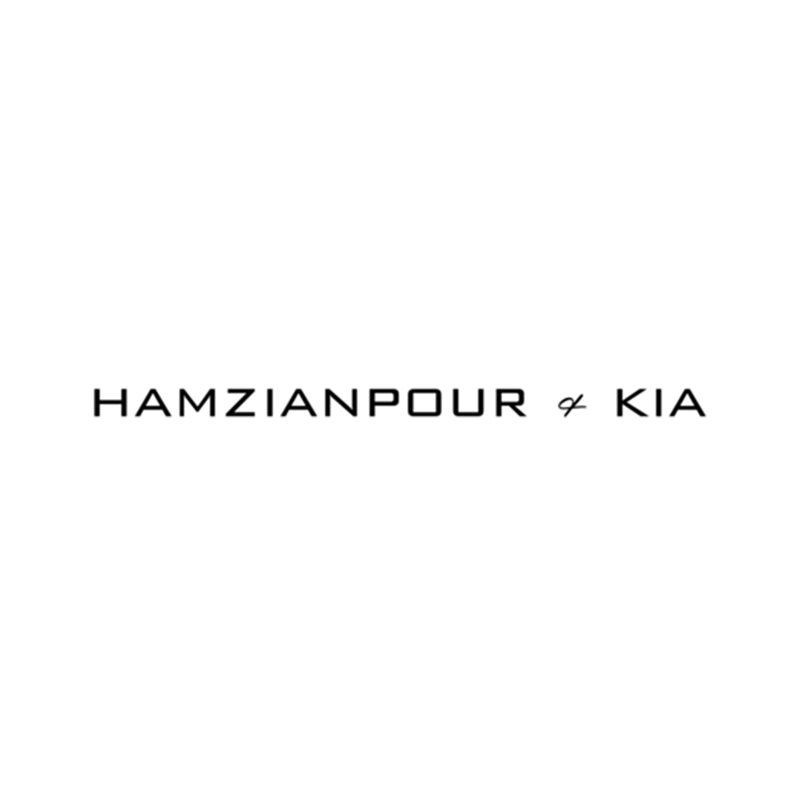 Hamzianpour & Kia Gallery
Hamzianpour & Kia Gallery
Hamzianpour & Kia is pleased to present ‘The New Future’, the first solo exhibition in the United States of the Paris-based artist Melika Shafahi.
At a time when the lines between real and virtual are increasingly blurred, the latter may appear to be more and more the defining structure of our social condition, but the risk is that by attaching too much importance to it, we end up trapped inside. Melika Shafahi’s exhibition of photographs, videos, and site-specific installations invites us instead to shift our gaze joyfully towards one of the noblest features of artistic creation: its ability both to grow out of encounters and places, and stimulate new ones.
The associations Melika evokes have their roots in her journey as an artist living, both in Iran and France, but also in diverse geographical locations where she developed her artistic projects. Here she brings into connection the Friche de la Belle de Mai, a former tobacco factory converted into a cultural complex in Marseille, France, where she was an artist in residence in 2018/2019, and the experience of her many trips to the island of Hengâm, in southern Iran. She interrogates her perceptions of human relationships and the ways the material environment interacts with them.
Yet the strength of her work lies particularly in the way she blurs the boundaries between these diverse locations, as she devises an entirely new universe for her subjects to participate and perform in. Her images and objects, often taken out of their original context and scattered here and there, create an imaginary, timeless space that becomes a playground she invites us all to enter.
In the ‘Rapproche!’ series from Marseille, powerful young teenagers dominate the frame from a height, in the same way as they dominate their habitat at La Friche. The objects chosen and the fabrics and garments they wear in the photos are from some other place, but we cannot tell exactly where - any more than we can with the adolescents themselves. Melika transports them away to liberty, far from the pressures of society, as if supernaturally. Melika leads her characters into a dream world, the world of her own dreams.
Melika Shafahi highlights their ‘nowness’, with none of the stigmatizing stereotypes a narrow political viewpoint might impose: ‘This new generation of kids from immigrant backgrounds are ahead of us on many things. Frankly, some of them couldn’t care less about seeing the artists at La Friche. They’d already seen plenty; it was nothing new’. Eventually, Melika did manage to develop a relationship of trust with the young teenagers but at the same time, the process forced her to think more deeply about what it means to be an artist among other people, and the frontiers that define the scope of artistic practice. Melika Shafahi’s exhibition proposes a ‘new future’. Where the boundary between the artist and society is no longer an impenetrable wall, but becomes a place conducive to encounters. ‘The New Future’ evokes frontiers in the most natural way, with a color or fabric recalling other places without Melika limiting, imprisoning or stigmatising them through ‘othering politics’.
Agreeing, herself, to disappear altogether, Melika brings her characters to life through her lens as they lead her by the hand into their own world, this time on Hengâm island, in a ‘close-up’ that captures both the dreams and the suffering of the other, in an environment belonging to them, a territory they master. Fake and authentic are blended. No matter if they are from here or elsewhere, native or displaced, speaking the language of this place or the other shore. These imaginary associations instigated by the artist nevertheless invite us to question the history of a place. The autonomy the objects in the Hengâm photos acquire, is the result of the long journey taken by the artist, the story she has written over the course of multiple encounters, of her personal struggle to avoid duplicating too ‘exotic’ a vision, of questioning and self-questioning, as a member, herself, of a diaspora, challenging relationships of power and domination. And so there emerges a material culture in which the objects speak for themselves: a boat trailer, a jellyfish slithering in Hossein’s palm, battered lamps, blue tarpaulin, garlands, a blanket patterned with roses, palm fronds, bits of plastic or cloth abandoned or draped on a bush...
Talking about her video from Hengâm island, Melika remarks, ‘They’re happy in the video. We might think they’re unfortunate, but in fact only the tourists are out of place there. The islanders drop a net in the sea and in no time at all haul out twenty fish. Whether it’s for fish or smuggling, the sea is vital, like a mother to them. Hossein, the boatman, plunged his hand in water and pulled a jellyfish out: he can see into the water - we only see the surface beauty of it.’
In fine, Melika loves the performance of beauty, in whatever form it takes: the ‘beautiful people’ of her previous series 2014 as much as the genuinely beautiful ones in these new works
